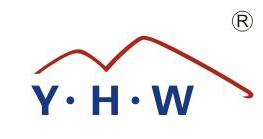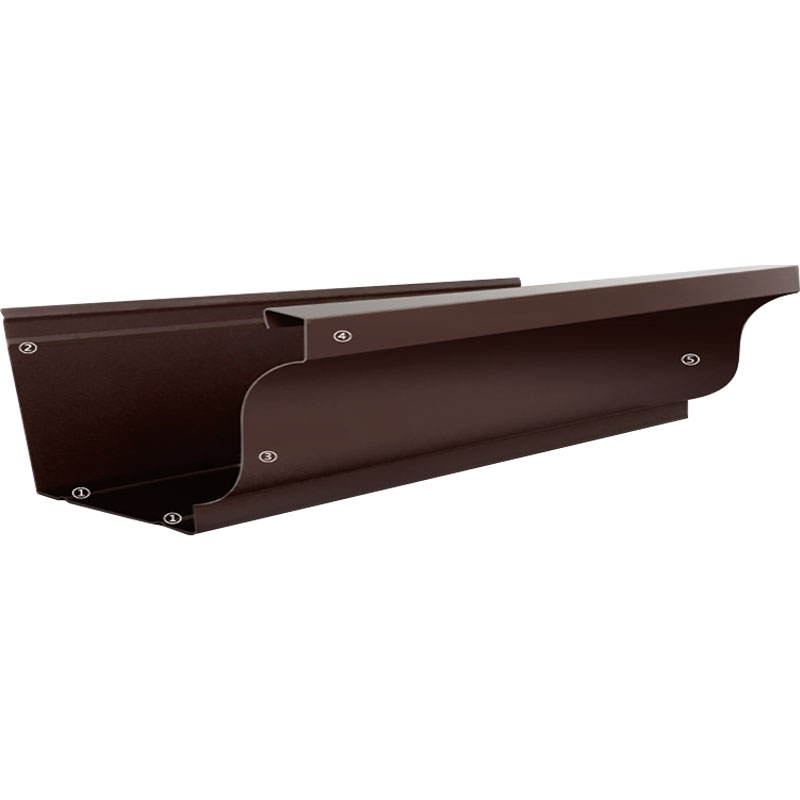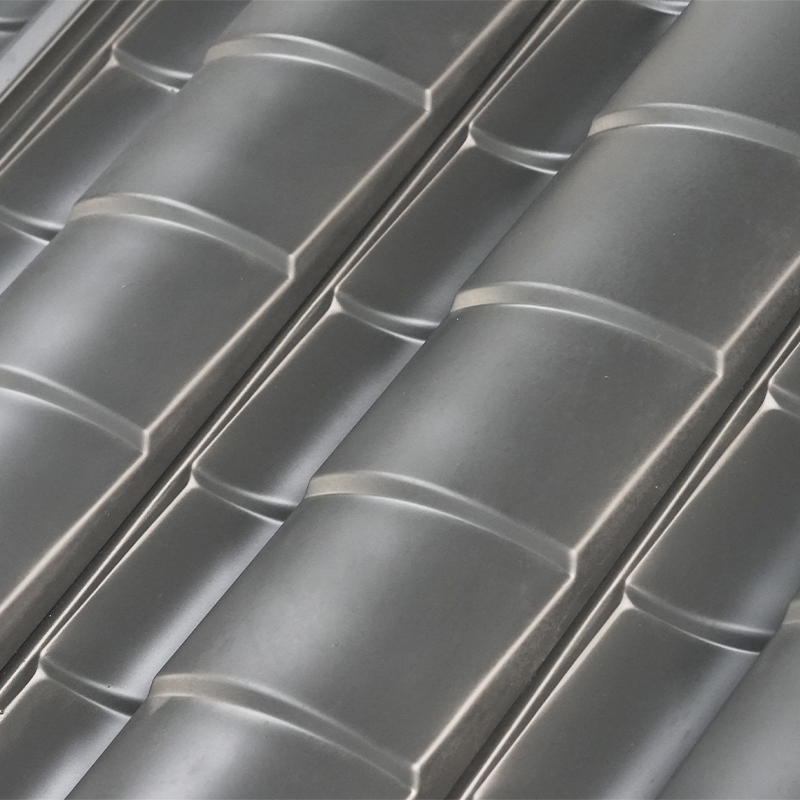Metal roof panels have become a dominant solution in commercial and residential construction, offering superior durability, energy efficiency, and design flexibility compared to traditional roofing materials. This technical examination explores the composition, performance characteristics, and innovative applications of modern metal roofing systems.
Content
Material Types and Properties
Common Metal Alloys
-
Galvanized Steel: Zinc-coated (G90) with 0.68-1.25 oz/ft² coating
-
Galvalume®: 55% aluminum-zinc alloy coating (AZ50, AZ55)
-
Aluminum: 3000/5000 series alloys (0.032"-0.040" thickness)
-
Copper: 16 oz/sq ft (0.0216" thick) cold-rolled temper
-
Stainless Steel: 304 or 316 grades for coastal applications
Mechanical Properties Comparison
| Material | Yield Strength (psi) | Thermal Expansion (in/in/°F) | Weight (psf) |
|---|---|---|---|
| Galvanized Steel | 50,000-80,000 | 6.5×10⁻⁶ | 1-2.5 |
| Aluminum | 25,000-40,000 | 12.9×10⁻⁶ | 0.7-1.3 |
| Copper | 25,000-35,000 | 9.3×10⁻⁶ | 1.5-2.8 |
Panel Profile Designs
Structural Profiles
-
Standing Seam: 1.5"-3" leg heights, concealed fastener
-
Corrugated: 1.25"-2.67" corrugation depth
-
Ribbed: ¾"-1½" rib spacing
-
Shingle-style: 12"-16" exposure units
Performance Characteristics by Profile
| Profile | Span Capacity | Water Shedding | Wind Uplift |
|---|---|---|---|
| Standing Seam | 5'-8' | Excellent | 150+ mph |
| Corrugated | 2'-4' | Good | 90-120 mph |
| Ribbed | 3'-5' | Very Good | 120-140 mph |
Surface Technologies
Coatings and Finishes
-
PVDF Coatings: 70% Kynar 500®/Hylar 5000® resins
-
SMP Coatings: Siliconized polyester (10-15 year warranty)
-
Anodized Aluminum: 0.7-1.0 mil thickness
-
Patina Finishes: Pre-oxidized copper surfaces
Solar Reflective Index (SRI) Values
-
Cool roof options: SRI 78-107 (LEED compliant)
-
Standard finishes: SRI 25-45
-
Dark colors: SRI 8-22
Installation Engineering
Critical Fastening Systems
-
Concealed Clip: 304 stainless steel with EPDM washers
-
Exposed Fastener: #12 or #14 screws with neoprene seals
-
Structural Seam: 0.040"-0.060" aluminum splice plates
Thermal Movement Considerations
-
Expansion joint spacing: 20'-30' for steel, 10'-15' for aluminum
-
Slotted fastener holes: 3/8"×3/4" oval for 1/4" movement
-
Slippage clips: ±½" movement capacity
Performance Testing Standards
Industry Certifications
-
FM 4471: Class 1-120 wind uplift ratings
-
UL 580: Wind uplift up to 110 psf
-
ASTM E1592: Structural performance under static loads
-
ENERGY STAR®: Solar reflectance and thermal emittance
Advanced Applications
Integrated Solar Solutions
-
BIPV Systems: 18%-22% efficient photovoltaic laminates
-
Solar-ready profiles: Pre-engineered cable pathways
-
Thermal collection: Hybrid PV-thermal panels
Specialty Installations
-
Cooling Tower Protection: 316 stainless steel shrouds
-
Acoustical Roofing: 1.5" composite sound-dampening cores
-
Radar-transparent: Fiberglass-reinforced aluminum
Lifecycle and Maintenance
Service Life Expectations
| Material | Typical Lifespan | Maintenance Cycle |
|---|---|---|
| Galvanized Steel | 30-45 years | 5-7 year inspections |
| Galvalume® | 40-60 years | 7-10 year inspections |
| Aluminum | 50-75 years | 10+ year inspections |
| Copper | 75-100+ years | Minimal maintenance |
Inspection Protocols
-
Infrared thermography for moisture detection
-
3D laser scanning for panel deformation analysis
-
Coating thickness measurements (dry film gauge)
Sustainability Advantages
Environmental Benefits
-
95%+ recycled content (aluminum/steel)
-
100% recyclable at end-of-life
-
30-50% reduced cooling loads (cool roofs)
-
40-60% lighter than alternative materials
LEED Contribution Points
-
MR Credit 4 (Recycled Content)
-
SS Credit 7.2 (Heat Island Effect)
-
EA Credit 1 (Optimized Energy Performance)
Emerging Technologies
Smart Roofing Systems
-
Phase-change material integration
-
Self-healing coating technologies
-
IoT-enabled moisture sensors
Manufacturing Innovations
-
Roll-forming automation with 0.005" tolerance
-
Digital printing for custom patterns
-
Robotic seaming for field assembly
Conclusion
Modern metal roof panels represent a sophisticated building envelope solution that combines material science, structural engineering, and sustainable design. With continuous advancements in coating technologies, solar integration, and smart systems, metal roofing continues to evolve beyond its traditional applications. Proper specification and installation following industry standards can deliver 50+ years of maintenance-free performance while contributing to energy efficiency goals. As building codes increasingly emphasize durability and environmental performance, metal roofing systems are positioned to dominate 21st century construction across all market segments. Future developments in nanotechnology and building-integrated photovoltaics promise to further expand the functionality of these high-performance roofing systems.




 English
English русский
русский Español
Español عربى
عربى















